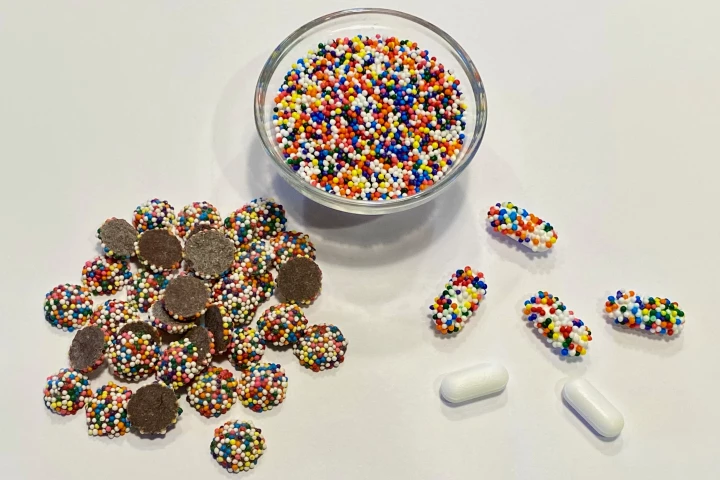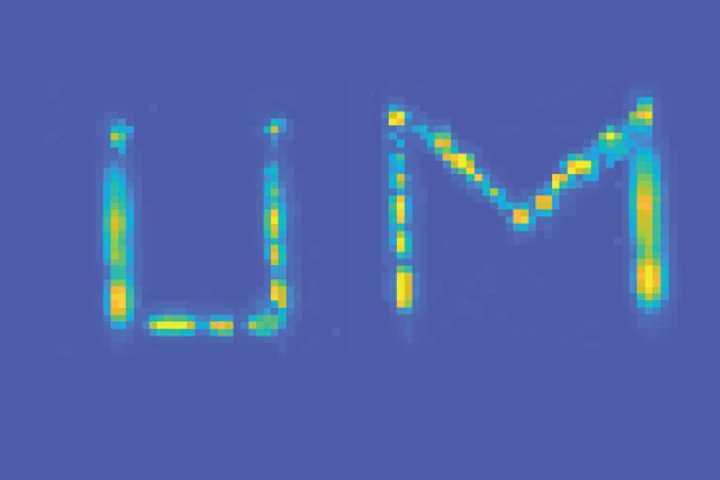Counterfeiting
-
Scientists have devised a method of using fish scales to convey encrypted messages. Not only would the technology divert seafood industry waste from landfills, it should also be less costly than existing options such as special inks.
-
While there are now a number of handheld systems for checking if a medication is the genuine article or a counterfeit, most require users to access an online database. The SmartID system, on the other hand, works entirely offline.
-
With an industry expected to be worth US$100 billion by 2030, a supply crisis, slow manufacturing processes, and a high price tag, it's no surprise the much-hyped class of injectable weight-loss drugs has become a prime target for counterfeit trade.
-
Sometimes it seems that as soon as an anti-counterfeiting process is created, someone finds a way of circumventing it. A new system could be particularly hard to foil, however, as it utilizes tiny diamonds.
-
Just like pharmaceuticals, banknotes and alcoholic beverages, the crop seeds sold to farmers are frequently counterfeits. MIT scientists have devised a method of spotting the fakes, by tagging genuine seeds with silk dots.
-
Candy sprinkles may make desserts more interesting, but a scientist has developed what could be a much more valuable use for them. His CandyCode system might one day be utilized to confirm that supposedly authentic pills aren't actually counterfeits.
-
When it comes to the printing of items such as bank notes or passports, you want to use a technique that isn't easy to replicate. Swiss scientists have developed just such a technology, which prints by taking material away instead of depositing it.
-
Although an increasing number of countries are switching to sturdier, harder-to-copy polymer banknotes, the things still are being counterfeited. A new technology could help weed those fakes out, by taking their fingerprints.
-
Most of today's anti-counterfeiting labels have one thing in common: they're visible, meaning that counterfeiters can attempt to replicate their appearance. An experimental new sticker, however, contains "invisible" imagery.
-
Scientists at the National University of Singapore (NUS) have developed a new anti-counterfeiting technology based on Physically Unclonable Function patterns they say can better ensure the authenticity of high-value products.
-
Researchers have developed a kind of electronic “invisible ink” that can alert users to unauthorized tampering with a device. When the chip is exposed to light it will erase information printed on it, making it clear that someone’s opened the box.
-
A team of scientists at the University of St Andrews has developed a laser spectroscopy technique that can determine the authenticity of expensive vintage whiskey without having to open the bottle to retrieve a sample for analysis.
Load More










